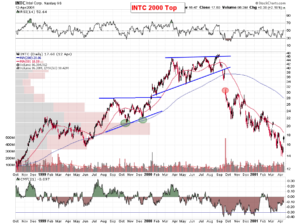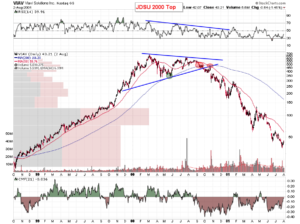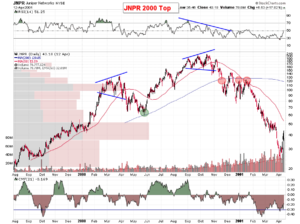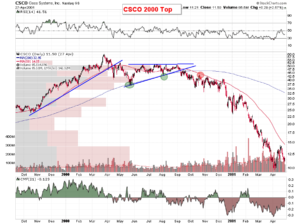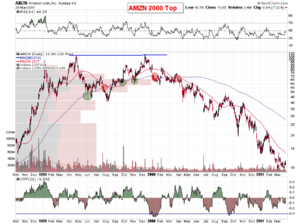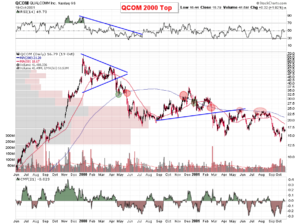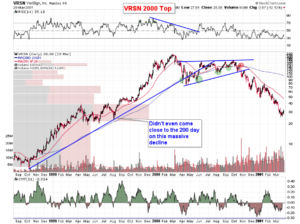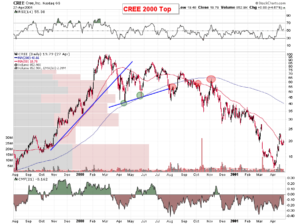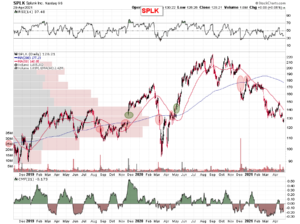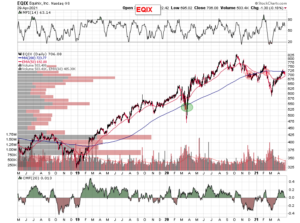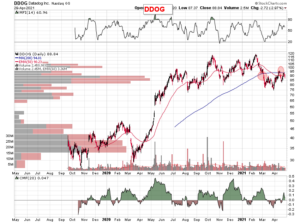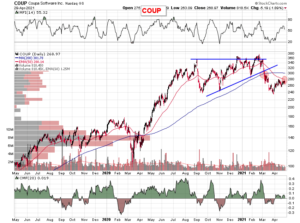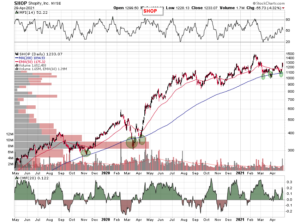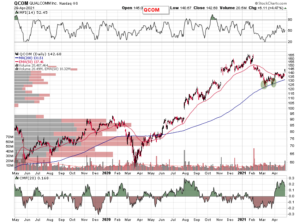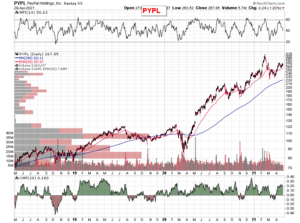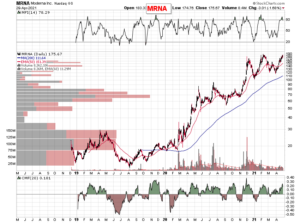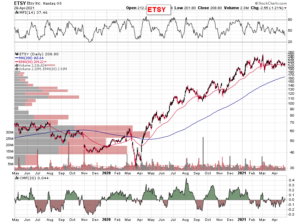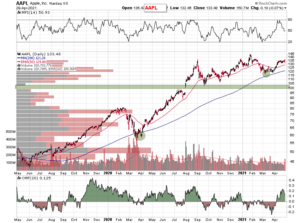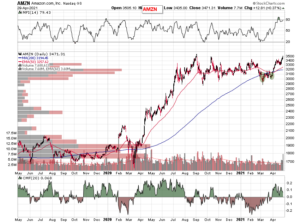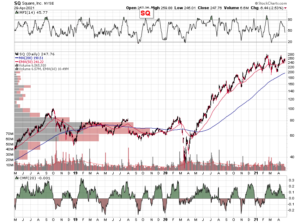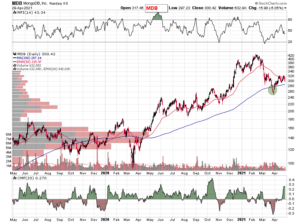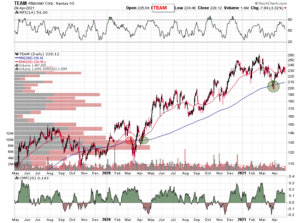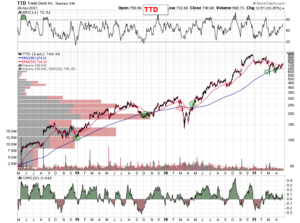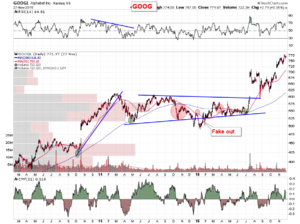Paul Tudor Jones once said there are only two sets of numbers you need to know to be a successful trader…
“200” and “5:1”.
The “200” stands for the 200-day moving average. In Paul Tudor Jones’s trading career, the only statistically significant factor that distinguished his winning trades from his losing ones was whether or not he was trading with or against the 200-day moving average. When he was long when price was over the 200-day he had a higher statistical rate of profitability and visa versa. The second number refers to the risk to reward in entering a trade. When Jones traded with a “5:1” reward to risk ratio, i.e. taking the best setups with very defined downside risk and large potential reward, he was trading at his best.
I took Jones’s 200-day rule to heart in analyzing bubble stocks. Tops in bubble markets are hard to pinpoint. I cut my teeth trading in the aftermath of the 2000 bubble and the one technical tool that I relied on consistently was the 200-day moving average.
After the NASDAQ bubble burst in 2000, many stocks gapped down through their 200-day. This was usually the clearest sign that the stock was beginning its long journey back to reality. Let’s go to the Wayback Machine and take a look at some charts from 2000 (you can click on the charts to open a larger version).
You can see several of the bubble stocks from that period like INTC, JDSU, JNPR and QCOM literally sliced right through the 200-day support. This was almost always a sign of the end of the move higher. And once the 200-day average turned lower (the slope turned down), the 50-day moving average often acted as resistance as well. A move back to the underside of the 200-day or the 50-day moving average often provided a great 5:1 risk to reward shorting opportunity.
Aside from the year 2000 breakdowns, the 200-day often guides stocks that have found themselves overextended after a strong advance. Bubbly stocks such as CREE, OSTK and even Bitcoin were very tradable using the 200-day moving average rule. Once the moving average was broken, especially on a gap down, the stocks often never moved back above the 200-day average for years.
I point this out because we’re coming out of the COVID stock bubble and many stocks that benefited from the lockdowns are now testing or breaking this important moving average. SPOT, SPLK, PTON, FSLY, EQIX, DDOG, and COUP all look as though they have distinctly broken down. I would expect the 200-day average to now present resistance on any rallies.
The good news for the overall market is that many of the leading stocks still have not come close to breaking their 200-day moving average.
Leaders such as SHOP, QCOM, PYPL, MRNA, ETSY, AAPL, AMZN, and SQ have recently successfully tested their 200-day or haven’t even come close to touching it, indicating that the trends remain intact. TEAM, MDB, TTD and TSLA are still in the process of testing their 200-day supports.
Until these leaders break down, the overall market should continue to grind higher.
Finally, before you go and short everything below the 200-day moving average, understand that like anything in trading, the system isn’t fool-proof. Great set-ups do fail, especially if the stock isn’t really in an unsustainable bubble advance. For companies such as Google, which have always been able to increase earnings and stay ahead of expectation, the 200-day moving average often doesn’t mean much.
